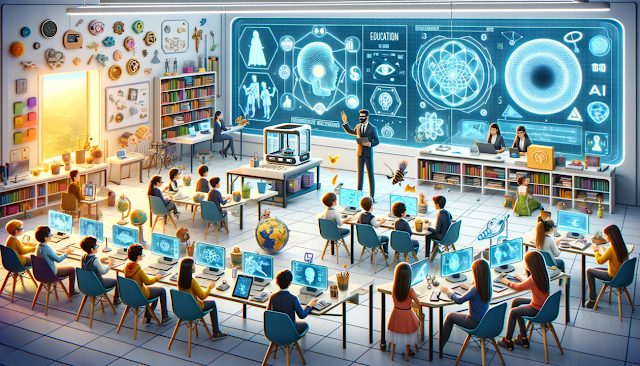How Mighty is the Pacific Ocean?

The Pacific Ocean, the world's largest and deepest ocean, is a realm of immense power and influence, shaping not only the geography of our planet but also its climate, ecosystems, and human civilizations. Spanning more than 63 million square miles and covering approximately one-third of the Earth's surface, the Pacific Ocean is a testament to the awe-inspiring might and majesty of nature. Geographical Immensity The sheer size of the Pacific Ocean is staggering. It stretches from the Arctic Ocean in the north to the Southern Ocean in the south, and from the coasts of Asia and Australia in the west to the Americas in the east. Its width at the equator is about 12,000 miles, almost half the Earth's circumference. The ocean's deepest point, the Mariana Trench, plunges to a depth of about 36,000 feet, making it deeper than Mount Everest is tall. This vast expanse not only dwarfs the other oceans but also contains more water than all the world's landmasses combined. Clim...








